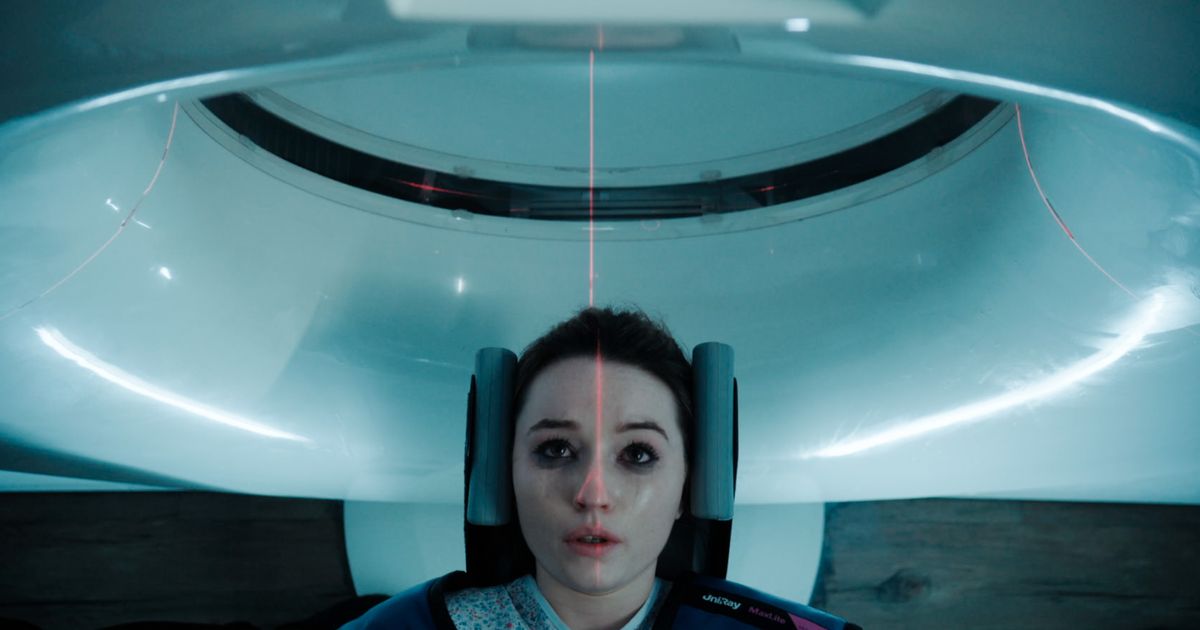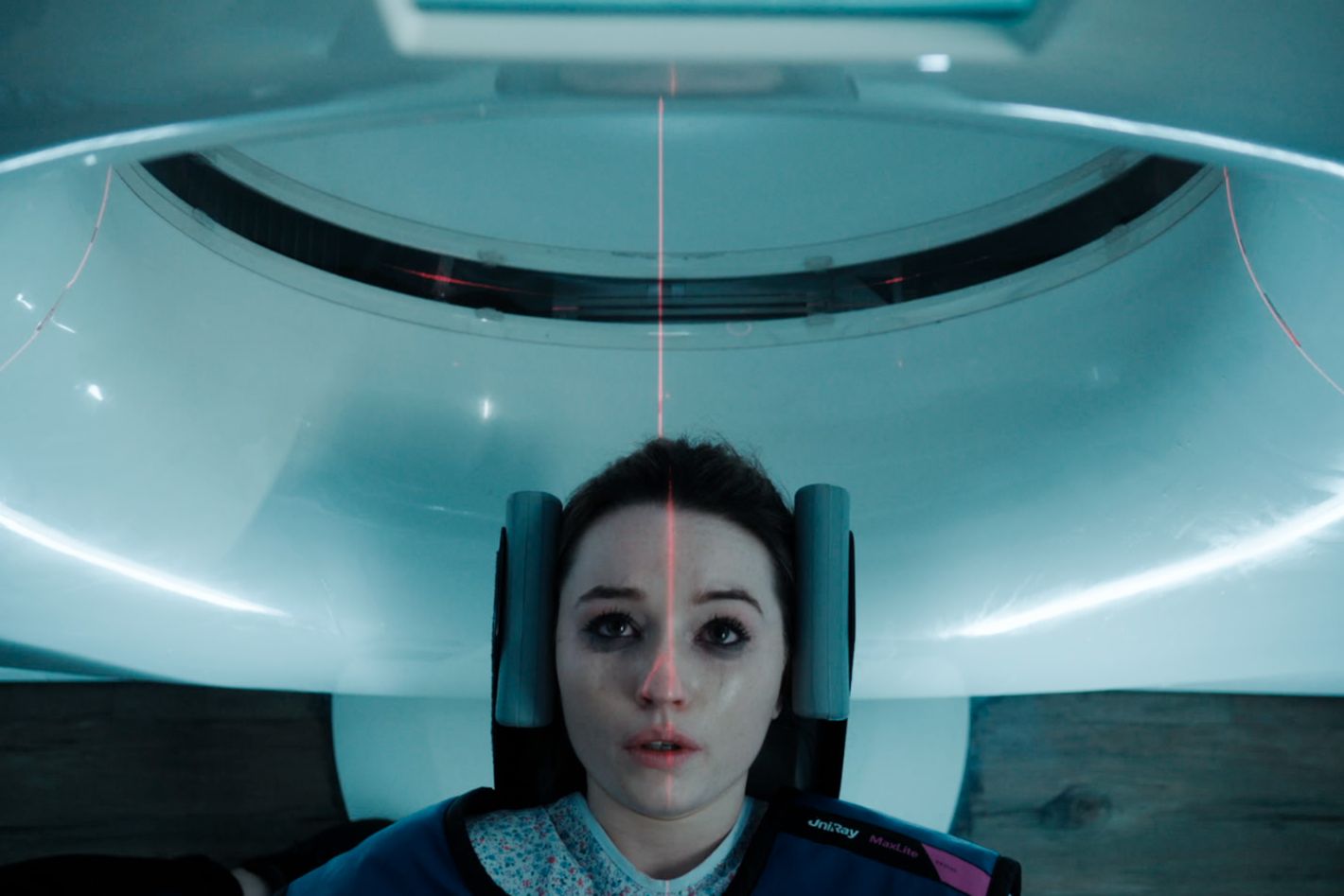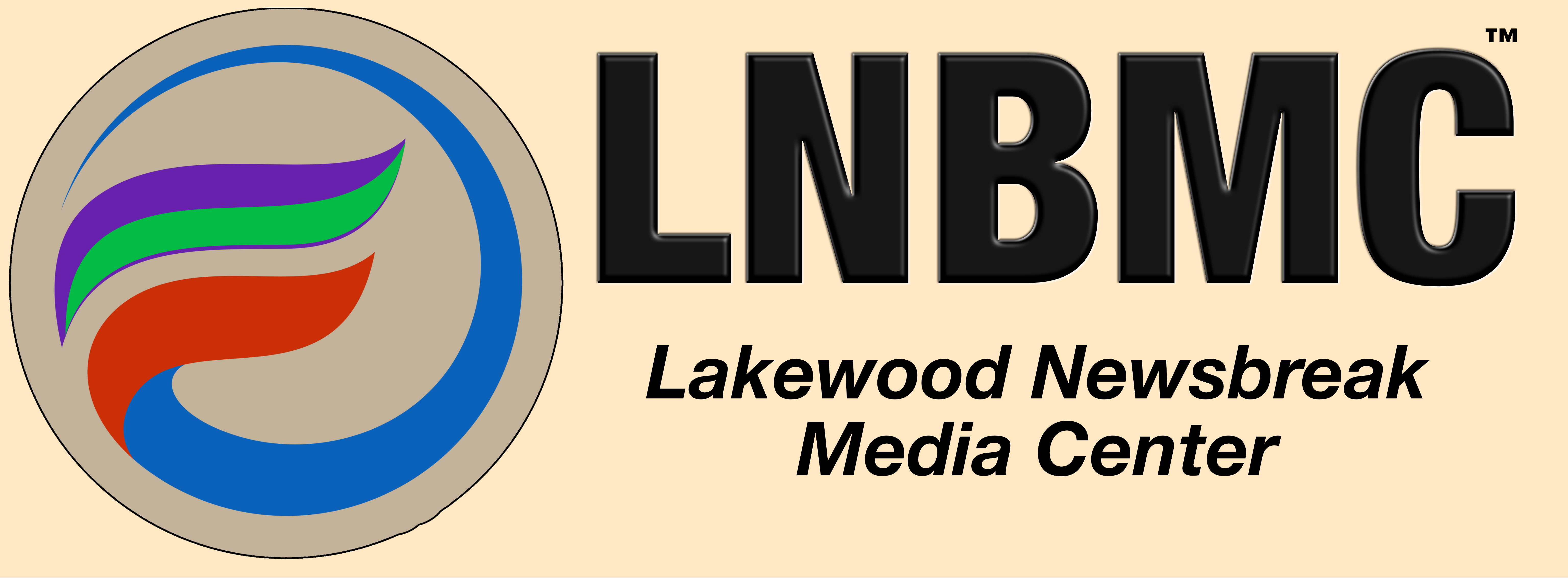Apple Cider Vinegar’s Creator Doesn’t Want You to Get the Wrong Idea
“I really hope this isn’t a glorification of Belle’s behavior.”


Samantha Strauss did not know who Belle Gibson was when Belle Gibson was at the height of her powers. In the early 2010s, the Australian wellness influencer was writing a blog about her struggles with brain cancer, amassing thousands of followers on Instagram, launching a recipe app inspired by the healthy diet that allegedly cured her, and ultimately getting a book deal.
Several years later, Strauss, who created the Australian series The End and wrote on Nine Perfect Strangers, picked up The Woman Who Fooled the World: The True Story of Fake Wellness Guru Belle Gibson. The book was written by Beau Donelly and Nick Toscano, the journalists who first exposed Gibson as a scam artist lying about having cancer, and provides the basis for Apple Cider Vinegar, the Netflix limited series created by Strauss. It follows Gibson, played by Kaitlyn Dever, as well as two women with real cancer diagnoses, as they navigate and, in some cases, take advantage of, mistrust in Western medicine, the brain-rewiring effects of social media, and the rivalries that emerged at the peak of the girlboss era.
Telling what the series itself describes as a “true-ish story based on a lie,” Strauss based her narrative on fact but gave herself and her fellow writers plenty of room to embellish and invent. “The act of writing is not lying, but it is fictionalizing,” says Strauss. “In all adaptations, you need to have the freedom to create.”
Belle is at the center of this series, but then there’s Milla, who is diagnosed with epithelioid sarcoma and becomes a wellness influencer, and Lucy, a cancer patient who begins following Belle and finds hope in her posts. They also feel like main characters to some extent. Why did you decide to structure the narrative around these three women?
I’ve never met the real Belle Gibson. This Belle is based on fact, but she’s our invention and our creation. I always wanted to stop myself from forgiving her for what she did. Lucy and the real stakes of what Belle’s doing need to be centered in the conversation because otherwise it is just watching a grifter, a cancer scammer, and going, I can’t believe she did that. As opposed to the heart of it, which is the people she could have so profoundly hurt.
Milla’s an amalgamation of a few wellness influencers, but also someone who was created in the writers’ room. I wanted this to be a story about young women and who had all the love in the world that Belle felt like she didn’t have but who was also so hard on herself. I was interested in how that intersects with orthorexia; in Milla’s case, she believes she gave herself cancer because she ate too many cheeseburgers and had too many tequila shots. It’s because we told young women, “You have to be clean, to be pure, to be perfect, to be enough.” You could tell a kind of competition story with those two women, with Belle lying to everybody but Milla really lying to herself. That polarization also spoke to social media and how it puts us into different silos and different camps.
What about Jessica Ainscough, who was a wellness blogger? Her story is very similar to what Milla experiences in the show.
It’s similar, but there are other wellness influencers that inspired us. We left room to really create that character in conjunction with Alycia Debnam-Carey, who plays her.
Was Lucy a creation as well?
Lucy was inspired by people who were followers of Belle who really did have cancer. Everyone knows people who have cancer in real life. I know quite a few who wanted to go down alternative-medicine paths. Lucy came from a lot of that.
Did you talk to people who know Belle, or were you using the book as your main source material?
The book is the large lead of the source material. The authors had done a really beautiful job talking to as many people as they could. We stayed away from talking to anyone too close to Belle. The journalists had done such a good job, and there’s a lot that exists on the public record. We spoke to oncologists and people in the world of publishing. We decided we didn’t want to diagnose Belle because that felt really reductive.
At the beginning of almost every episode you have characters noting to camera that Belle Gibson was not paid for her story. Why was it important to put that in front of every episode?
I had a friend whose partner was dying of brain cancer and they were horrified that I was telling this story. “How dare you, why are you glorifying that woman?” I thought, Wow, that’s such a visceral reaction. I really hope this isn’t a glorification of Belle’s behavior. I think across six episodes, it’s pretty monstrous, unforgivable behavior. I don’t think she’s going to go on a reality TV show. Certainly in Australia, she can’t profit from what she’s done financially. It felt important to say that. We liked the idea of the form of the show speaking to the premise of the show as well.
As you were reading the book and doing the research for this, what did you consider to be the worst of the many bad things Belle did?
The seizure at the birthday party.
Did she really do that?
Oh yeah, and that went on at the party, very much as we’ve shown. It went on for 40 minutes.
When Belle is asked in the 60 Minutes interview whether she actually had cancer, she says she believes she had it without saying definitively that she didn’t. She also says she hopes she doesn’t have cancer. I wonder if she really believed she did have it, despite not having any evidence. What do you believe motivates people to tell that kind of a lie?
It’s such a shortcut to love, isn’t it? It makes you unimpeachable. You are a victim, but you are therefore a hero. She had grown up with a mum who seemed sick in lots of ways. Our version of Belle, at least, saw that people are kinder to you. It created an easier life for her. But at the end when she’s really pressed on it — I hope she hopes she doesn’t have cancer. I hope that she is well, that she will be well. We wanted to leave her in that place of fragile hope at the end.
In the first episode, the idea that Belle could have Munchausen syndrome is raised and she dismisses that. Do you think that might have been the case for the real Belle?
If there was a Belle Gibson story now, I wonder whether you would say it was a mental-health issue, and that would be her excuse. Belle never did that and she always rejected any inference of that, so I don’t want to diagnose her.
Speaking of diagnoses, in the fourth episode, you introduce Belle’s longtime family doctor, Dr. Phill, who suggests there’s something wrong with Belle’s liver and gives her a machine with sensors. It’s supposed to treat her, somehow.
It was funny, one of our producers was like, “I have used that machine. I used it to give up smoking.” I mean, this is a very intelligent woman. That just encapsulates wellness right there.
But in real life, there was a Dr. Phill. Belle did pay him a lot of money for the treatment.
That character had a great bedside manner. He’s what you want in a doctor, in that sense. But he’s a scam artist too. So Belle is getting scammed even though she’s scamming other people.
What he’s giving her in that moment is what she needs to hear, which is, “You’re not a bad person, you deserve to be well.” Maybe if she went to a doctor, she wouldn’t necessarily hear that. So he is scamming her, but he’s giving her something she needs at the same time.
It’s so awkward when Belle starts singing “Roar” by Katy Perry at her book party, in front of the entire crowd. Was that something you and the writers came up with or did she actually do that?
She made a speech that made everyone cry, then I was looking at Kaitlyn and thinking of ways I could horrify the partygoers, because poor Kaitlyn is the most extraordinarily prepared actress. The Australian accent is so difficult. Her rigor is second to none. I suggested this and she looked at me like I was a crazy person. She was like, “Okay, a cappella in front of a room full of people in an Australian accent, you want me to sing Katy Perry?” And she did it. She’s a wonderful singer in real life. But we couldn’t let that scene be too good.
After Milla’s funeral, Belle seems to get ringworm from picking up Milla’s cat. There’s also a flashback that shows her yanking a huge tapeworm out of her mouth. Did those things really happen?
Belle posted about having a tapeworm, that it was that long.
We invented the ringworm for the show. And we’re not saying whether or not she actually has ringworm. That’s up to speculation, whether any of that scene is real. Clive doesn’t comment on it.
At the very end of the last episode, a title card come up that starts to explain what happened to Belle after she got caught, but then it goes away and Belle tells the audience to just Google the information. What was the reason for ending on that note?
I think a lot of people might watch this show with two screens open. I hope they don’t, but we’re aware that they will. There’s a lot to Google that we haven’t included in the show.
It felt like a commentary on the problem with wellness information to begin with, which is people drawing their own conclusions based on something they’ve read online.
Exactly, yeah. The “do your own research” problem. Originally, the final line of the episode was, “do your own research.”
Do you know what Belle Gibson is doing now?
I don’t know. She surfaced a few years ago. She hasn’t reached out. She hasn’t called us. We haven’t called her. Our version of Belle craves the spotlight. But she hasn’t craved the spotlight.








